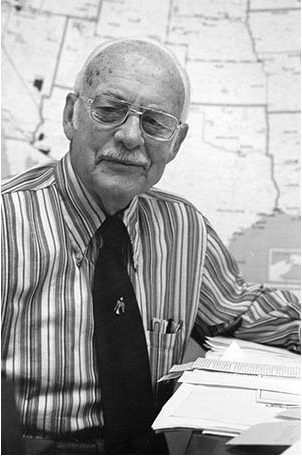AvIAn collection spotlight: Philip DuMont
The AvIAn project consists of eight collections from the Iowa State Special Collections and University Archives. However, today we are focusing on one collection in particular, the Philip A. DuMont papers. Philip Atkinson DuMont was born on July 9th, 1903 in Rochester, Minnesota. DuMont and his family soon moved to Des Moines where he would spend the rest of his childhood and graduate from high school. In 1926 DuMont graduated from Drake University and went on to work for the Bird Department of the Museum of Natural History in New York City, New York. While working for the museum, he spent 16 months in Madagascar doing field work studying birds and mammals.

Philip DuMont - Image Source
DuMont returned to Des Moines in 1931 where he finished The Birds of Polk County, Iowa which was published by the Des Moines Audubon Society. After publishing The Birds of Polk County DuMont left Iowa to attend graduate school at the University of California, Berkley where he studied Ornithology under Dr. Joseph Grinnell. DuMont then returned to Iowa and began working for the University of Iowa researching for the Revised List of Iowa Birds and rearranging 9,000 bird specimens to conform to The A.O.U. Check-list of North American Birds, Fourth Edition. While working on his book, the Revised List of Iowa Birds, DuMont visited all 99 counties in Iowa to research collections of birds from private owners, museums, colleges, and more.
DuMont would go on to publish 70 articles on Iowa birds from 1929-1936 and would study birds in all 50 states, parts of Mexico, South America, Europe, East Africa, and Madagascar. At the time of his death in 1996, DuMont held the record for the longest continued membership to the Iowa Ornithologists’ Union with 72 years! He also banded 16,453 birds from 93 different species in one year and founded the largest waterfowl refuge in South Dakota, now known as the Sand Lake Wildlife Refuge.
The Philip A. DuMont Papers here at Iowa State consists of 11 boxes of reports, field notes, correspondence, essays, and more. To see a more detailed list of what each box holds, you can check out the finding aid here.